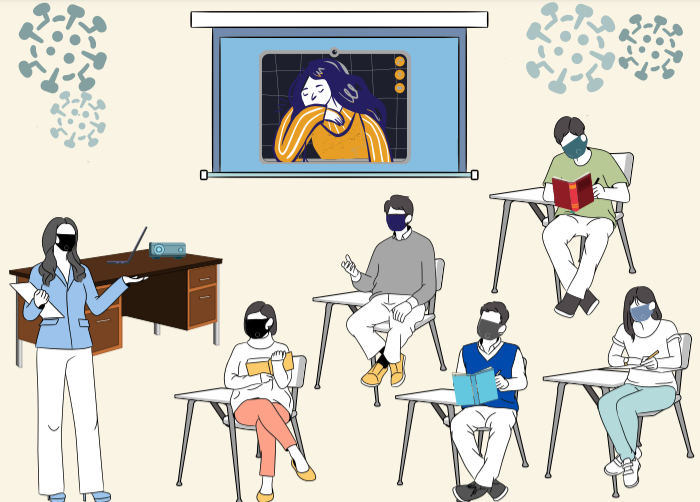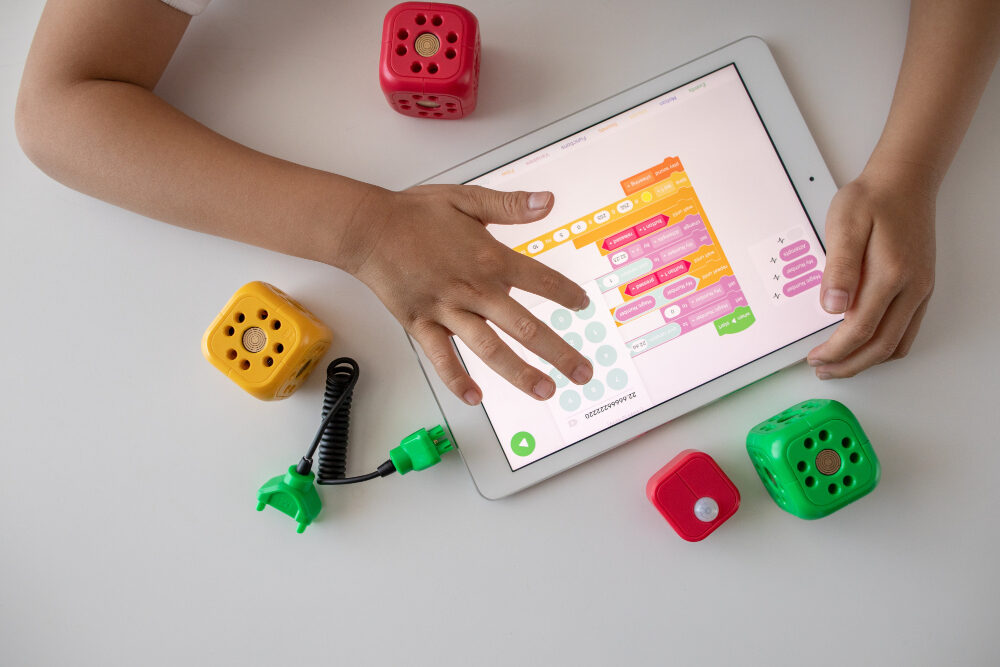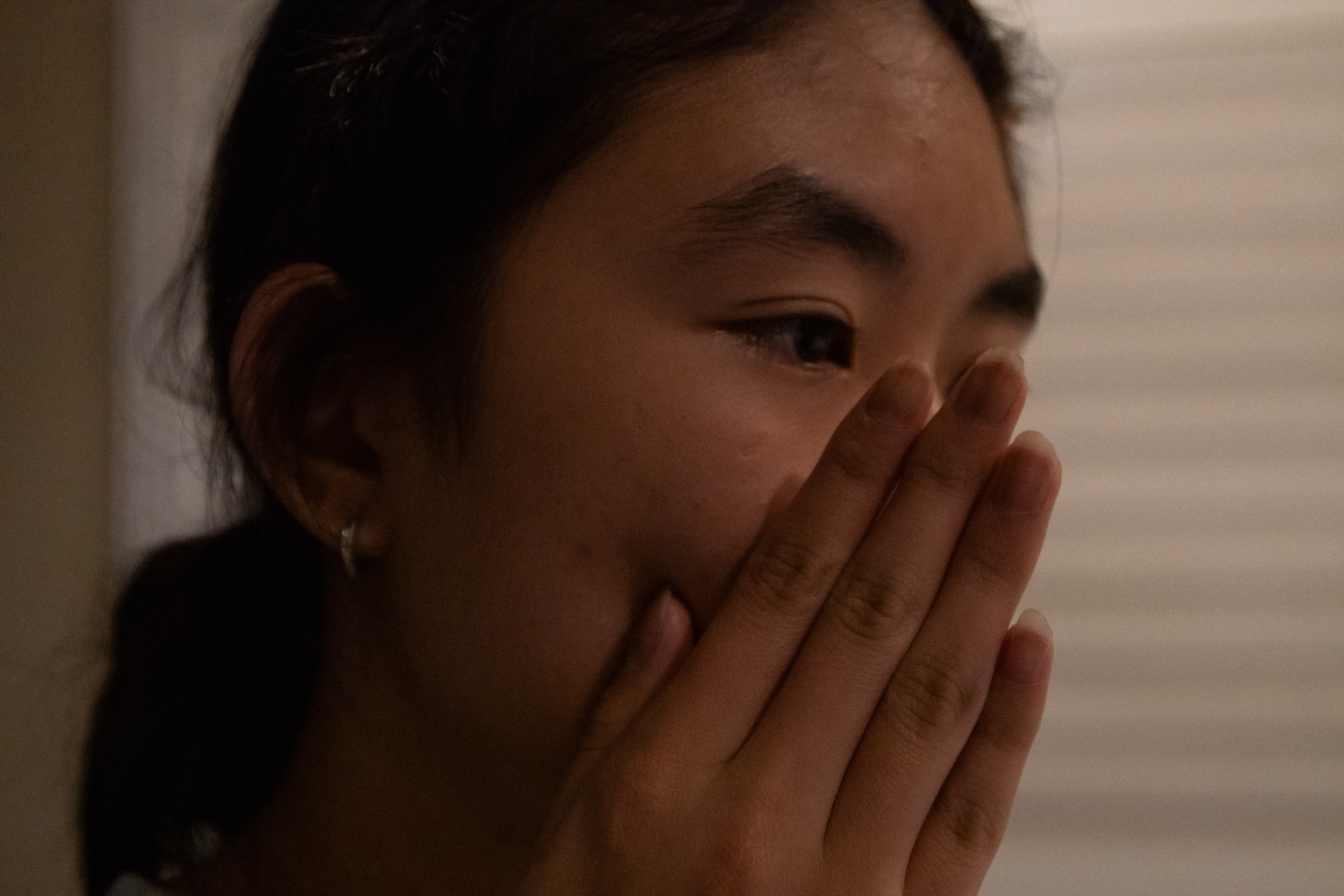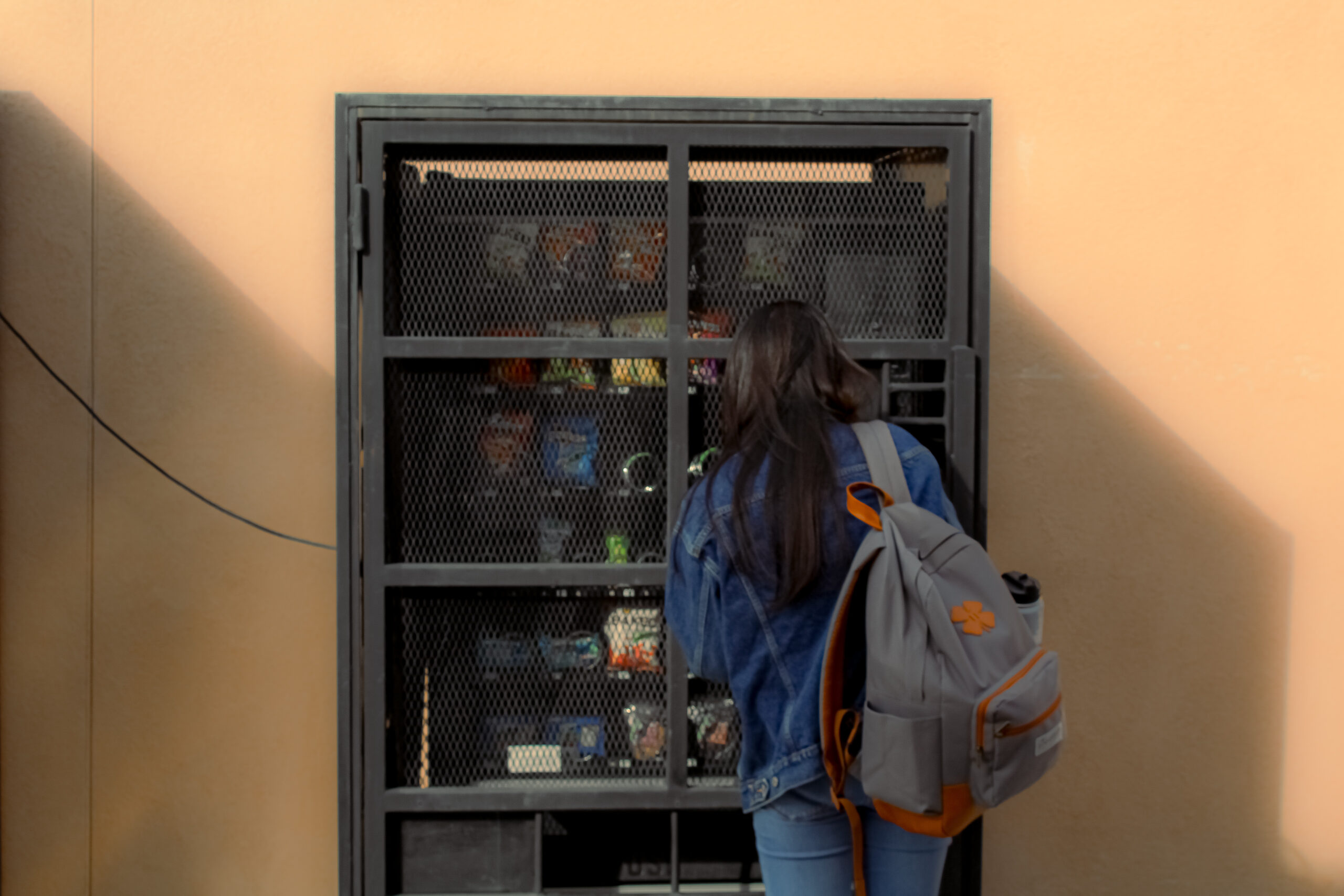
By Hien Bui & Britney Tran
It’s the second semester of the 2020-2021 school year. We are still working, going to school and going about our days as best we can, trying to move towards what seems to be a mythical end to quarantine. Yet, every day, as we click links and log into meetings, we are simultaneously living a reality that once seemed undoable and creating components that might go into the new educational model that awaits us.
The switch from a normal to online education has and will continue to change education. In the aftermath of the COVID-19 pandemic, the rapid adjustments we’ve made in emergency digital learning don’t seem poised to disappear anytime soon.
Old and new normals
As the one-year anniversary of nationwide school closures and lockdown measures approaches, the “new normal” we might’ve eagerly worshipped last spring seems more of a pipedream than a tangible blueprint for a pathogen-less future.
Right now, students take their courses online or in a hybrid model where they attend in-person classes two days a week. Teachers format their lesson plans and classwork over the two to three days a week they see each class. Sports have tentatively gone back to practices under social distancing guidelines. Clubs hold remote fundraising, service and social events. Many students have likely spent more time in a Zoom breakout room than physically on campus this year.
Yet, in the wake of everything the pandemic disrupted, we’ve incidentally created solutions to situations we faced in the old, completely in-person model.
This winter, many school districts in colder areas forewent the “snow day,” opting to resume virtual learning since the freezing temperatures posed no risk to students. Where weather had interrupted activities, classes and school attendance before, remote education has seemingly given us a way to conquer the elements. Unhealthy air quality, rainy days or extremely hot temperatures, circumstances that schools have continued in spite of, may also become causes for virtual learning days.
Beyond the pandemic, we can presumably expect schools to continue handling inclement weather conditions very differently with the suspension of in-person classes at their disposals.
On a more individual level, the concept of a “sick day” may also change as students may be given the opportunity to take their classes from home and not risk spreading their sicknesses to fellow classmates.
The ambivalent attitude many had about coming to school sick before—which has led to illnesses circulating around campus like the 2018 outbreak of Hand-Foot-Mouth-Disease—will likely change with the last health-conscious 11 months showcasing just how important herd immunity and the risk of infections are. This can also go for teachers who, if not seriously ill, may teach from home over an online meeting link rather than getting a substitute and assigning an emergency lesson plan for the day.
As our everyday lives will inevitably change following the pandemic, our approaches to going to school can be expected to as well.
Lessons from online learning
Fountain Valley High School diverged from a period class schedule to a block schedule system. As we all tried to conquer the insurmountable hurdle of reshuffling class curriculums into two to three meetings a week, teachers and students have forged new ways to learn under the constraints that may serve as influences for how we approach post-pandemic learning.
The modules students complete in class have been reworked into more concise lesson plans that can offer an opportunity for greater knowledge retention as teachers make up for the depth digital instruction can’t cover with additional resources or homework.
Students are given tools like digital labs, extra videos or assigned practice through study sites like Quizlet, which can encourage greater interest or exploration of the topics they’re assigned. While assigning homework that teaches material instead of simply reviewing it is not a new concept, students and teachers alike are more aware of the resources available for the topics covered in class.
Students working on group project assignments are no longer allowed or confined to physical spaces. Where the standard group project might’ve involved meeting together on your own time, the usage of video platforms like Zoom, Google Meet and other platforms have proven that collaborating in a physical space is not necessary.
Teachers have also employed digital educational resources in lesson plans; Peardeck and Nearpod, specifically, have facilitated ways for teachers to keep students on target in class. Although this distance learning model definitely has its downsides, the digital learning platforms teachers have employed in class are bound to have some impact on post-pandemic education. Not to mention, digital instruction has required many teachers to better acquaint themselves with technology, lending many more teachers familiarity with the digital aspects in education.

With concerns over academic dishonesty during distance learning, some teachers have also gravitated towards more creative learning approaches in their classrooms.
Discussion and project-based learning have provided a solution for some classes amidst an educational environment where many answers are a Google search away. Distance learning has opened up an experimental space for teachers to change their instructional methods and deliver new educational experiences that encourage active student engagement.
What we should remember and take away
Although it’s highly unlikely that the online learning model will be continued without the external pressures of the pandemic, how we have learned this past year has provided many new outlooks and questions about how we approach education.
Digitalizing aspects of the school day we’d taken as default has created the opportunity for easier experiences following the pandemic. Education’s modernization—something that had already been in the works before COVID-19 as schools distributed computers or internet access to students—has and will continue to accelerate in pace. This, of course, raises concerns on those this increased technological approach may leave behind.
The shift to remote learning has shown the confines of online learning and what steps need to be taken if we want to move towards a more digitized educational experience. Students and teachers lack the bonding experience that a classroom environment provides. With schooling becoming more or completely dependent on their home environments, access to an internet connection and a quiet learning space are privileges that have become necessities during remote learning. As we move forward, we have to make sure that any attempts to introduce digital aspects are inclusive and equitable.
In face of unprecedented disruption, education has changed. We can expect these adjustments to alter the way we attend, learn in and interact with school.





